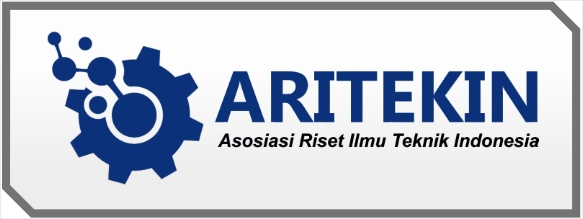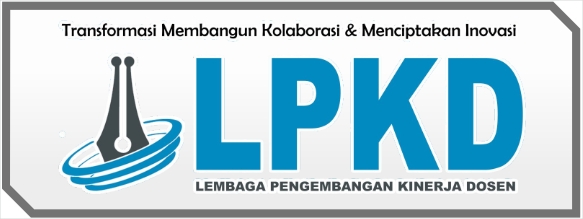Pengembangan Media Pembelajaran Pembelajaran Berbasis Discovery Learning Menggunakan E-Modul Kelas X TKJ Pada Mata Pelajaran Dasar Kejuruan SMK 3 Padang
DOI:
https://doi.org/10.55606/jupti.v3i1.2495Keywords:
Learning Media, Canva, Problem Based Learning, 4DAbstract
This research aims to observe the teaching methods used by teachers and the learning strategies implemented in schools. Students can observe various teaching techniques, the use of learning media, interactions between teachers and students, and the effectiveness of the learning strategies used. Material validation aims to determine the opinion of material experts regarding the suitability of e-module-based Discovery Learning learning media. The results of the research showed that the presentation media was 93.35%, then based on the practicality data processing, the e-module presentation level was 98.3% and the percentage of student practicality was 83.37%. So based on the research results above, it can be concluded that all of the practicalities in the percentages above are very practical and suitable for use because the practicality category of 81-100% is stated as "practical".
References
Arif S. Sadiman, dkk. 1990. Media Pendidikan, Pengertian, Pengembangan, dan Pemanfaatannaya. Jakarta: CV. Rajawali
Arsyad Azhar. (1996). Media Pembelajaran, Jakarta: PT Raja Grafindo Persada.
Arikunto, Suharsimi. 1993. Prosedur Penelitian Suatu Pendekatan Praktek. Yogyakarta: Rineka Cipta
Yuliana, N. (2018). PENGGUNAAN MODEL PEMBELAJARAN DISCOVERY LEARNING. Ilmiah Pendidikan dan Pembelajaran.



















